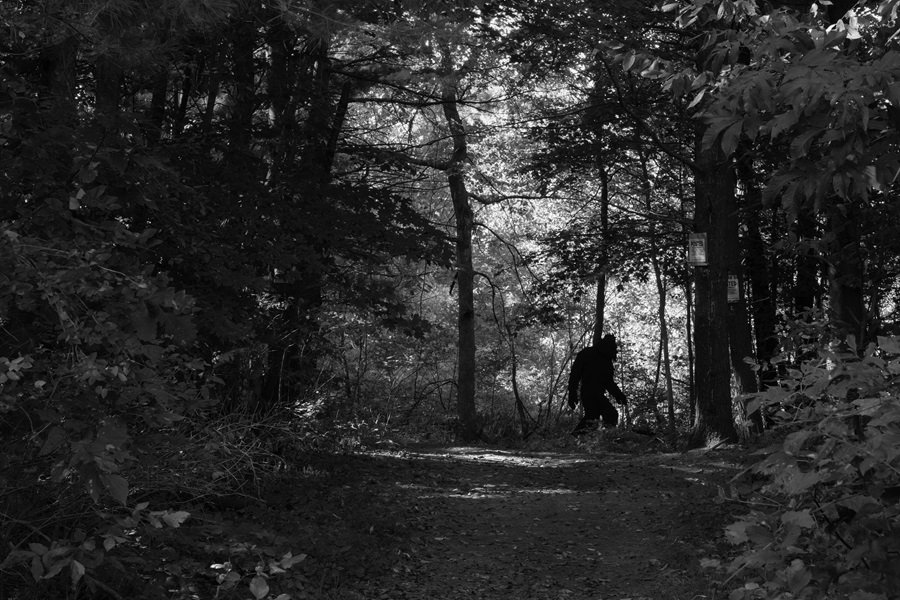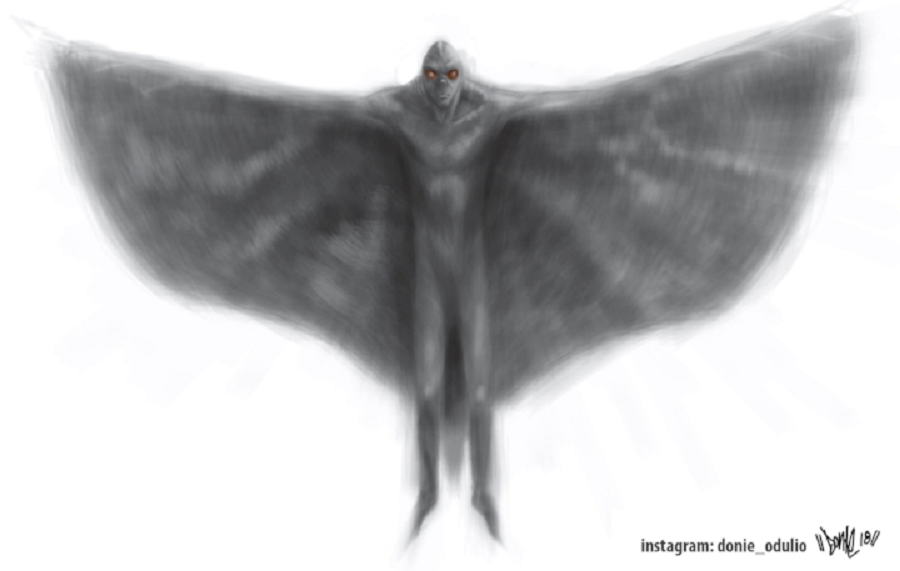Gnomes, Nisser, and Tomtar
Gnomes, as we know them today, appear as wizened old men with big, bushy beards wearing tall, red hats—identical to folkloric little men known as nisser (singular nisse) in Danish and Norwegian or tomtar (singular tomte) in Swedish. But they didn’t start out that way. The word gnome itself comes from the Renaissance Latin gnomus (possibly derived from the Latin gēnomos, or "earth-dweller"), and was coined by Paracelsus for his work Liber de Nymphis, Sylvanis, Pygmaeis, Salamandrix, et Gigantibus, etc., published posthumously in 1566.
Paracelsus—a Swiss physician, alchemist, and astrologer—classified gnomes as earth elementals, and likely drew upon stories from his Germanic homeland of little men who lived below ground—such as dwarfs—when forming his idea of them. Although always described as humanoid in appearance, it wasn’t until the 18th century that the earth elementals were popularly portrayed with the bushy beards and red hats that have made them synonymous with nisser and tomtar, and by the 19th century they were indistinguishable. Furthermore, by the 1700s, it was a popular custom in Switzerland to decorate one’s home with gnomes, further strengthening their connection with the nisser and tomtar by establishing them as household spirits. This practice continues today worldwide with garden gnomes and other small statuary often found in and around people’s homes.
Traditionally, gnomes live underground. Paracelsus described them as “two spans [the distance from the tip of the thumb to the tip of the little finger when one’s hand is outstretched] high” and said that they are able to move through the earth as a man moves through air. So, too, do the nisser and tomtar, who are short, helpful household faeries who attach to specific homesteads or families and are often said to dwell underground in the foundations of old homes and in burial mounds—this stems from the belief that they're the ancestor spirits of ancient family patriarchs, which explains their wizened, gray appearance. In general, these faeries are known for bringing more weal than woe, at least as long as they respect those with whom they dwell.
Nisser are extremely strong for their size, and use their strength to both help with chores and act as guardians of the homes they place under their protection. It's important to respect the nisse's wishes and live a good, productive life, as well as generally being polite to the house gnome, or he will become offended and seek retribution that can take the form of anything from minor pranks to ruining the offending party's fortunes completely. Being polite to a nisse includes such considerations as yelling a warning if one should spill anything in the house, and not urinating anywhere other than the toilet—one never knows where a nisse might be standing.
Nisser love animals in general, but horses specifically; it's said that one can tell which horse in a stable is the Nisse's favorite, since it will always appear the most nourished and well-groomed. Similarly to brownies, a gift of food can go a long way towards improving a nisse's temperament, and they're said to particularly enjoy a good bowl of porridge topped with butter. Nisser are especially active around Yule, when they are said to deliver presents at the doors of their adopted homesteads.
So, if your home happens to have a nisse, gnome, or tomte, take extra care to not appear lazy or offensive, and maybe leave some buttered porridge out, just in case—especially during the Yuletide season—since the last thing you want is an angry faerie with prodigious strength causing a ruckus in your residence.
To report your own encounter with the impossible, reach out to us directly at the Singular Fortean Society through our contact page.
If you enjoyed this article and would like to support the Singular Fortean Society, please consider becoming an official member by signing up through our Patreon page—membership includes a ton of extra content and behind-the-scenes access to the Society’s inner workings.

















